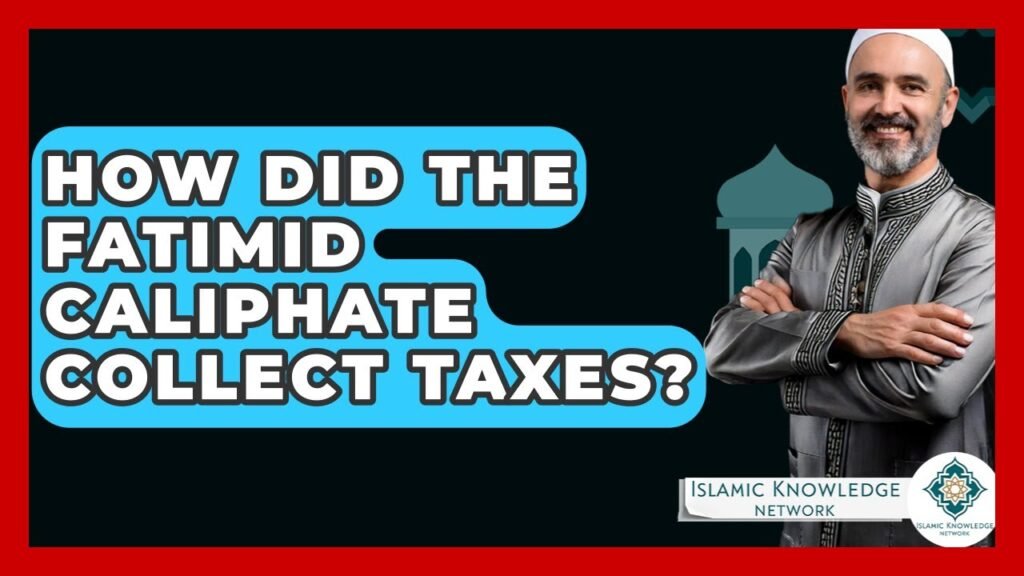You are here to read: How Did the Fatimid Caliphate Collect Taxes Effectively? – A Thoughtfully Written Guide Offering Spiritual Wisdom and Travel Advice for Every Pilgrim who is going on holy journey of Hajj or Umrah.
The Fatimid Caliphate, a remarkable entity in Islamic history, ruled over vast territories from the 10th to the 12th centuries. With its capital in Cairo, this dynasty not only made significant contributions to Islamic culture and scholarship but also developed a sophisticated tax system that played a crucial role in its economic stability. Understanding how the Fatimid Caliphate collected taxes offers insightful perspectives on their administrative efficiency and governance, as well as the broader economic context of medieval Islamic states.
At airlinkhajjandumrah.com, we are committed to bringing you the latest information on Hajj and Umrah pilgrimage, which are vital aspects of the Islamic faith. Just as the Fatimid Caliphate navigated the complexities of tax collection to foster prosperity, we strive to provide comprehensive updates and insights to enhance your pilgrimage experience. Explore our blog for in-depth articles not only on historical perspectives like that of the Fatimid Caliphate but also for essential tips and guidance that can make your Hajj and Umrah journeys truly memorable. Join us as we delve into the fascinating methods of tax collection in this illustrious caliphate.
How Did the Fatimid Caliphate Collect Taxes Effectively?
The Fatimid Caliphate, which ruled from 909 to 1171 CE, exemplified effective tax collection through a sophisticated bureaucratic system. Recognizing the importance of revenue for governance, they established a highly organized administration that included tax collectors and local officials responsible for ensuring compliance. This hierarchical structure allowed the Caliphate to monitor tax collection efficiently and adjust strategies based on regional economic fluctuations.
To enhance compliance and transparency, the Fatimid administration utilized comprehensive record-keeping practices. They maintained detailed accounts of land ownership and agricultural output, which aided in determining the tax liabilities of citizens. This meticulous approach not only minimized evasion but also built trust within the populace. Additionally, the Caliphate employed incentives such as tax breaks for farmers yielding surplus crops, fostering a cooperative attitude towards tax obligations.
The Fatimid Caliphate’s tax system was also bolstered by its religious legitimacy. By positioning themselves as rightful leaders in the Ismaili Shia tradition, the caliphs cultivated popular support, which translated to enhanced willingness among subjects to fulfill their tax duties. The social cohesion created under this belief played a significant role in sustaining the Caliphate’s economic stability.
For the latest updates on Hajj and Umrah, visit airlinkhajjandumrah.com, where we provide comprehensive insights into both historical and current practices in Islamic governance.
You're at the middle of this awesome post at AirlinkHajjandUmrah.com through: How Did the Fatimid Caliphate Collect Taxes Effectively?. Keep reading, it gets better!
FAQ on How Did the Fatimid Caliphate Collect Taxes Effectively?
FAQ on Tax Collection in the Fatimid Caliphate
1. What was the primary method of tax collection in the Fatimid Caliphate?
The Fatimid Caliphate primarily used a system of appointed tax collectors who oversaw the assessment and collection of taxes, ensuring local compliance and managing resources efficiently.
2. How did the Fatimid authorities ensure fairness in tax assessments?
The Fatimid regime implemented a structured taxation system based on agricultural output and property value, often involving local notables to survey the land and assess wealth, which helped ensure fairness and accuracy.
3. Were there different types of taxes imposed in the Fatimid Caliphate?
Yes, the Fatimid Caliphate levied various taxes, including individuals’ income tax (kharaj), agricultural taxes (ushr), and trade tariffs, which diversified their revenue sources and reduced reliance on any single form of taxation.
4. How did the Fatimid Caliphate handle tax collection in diverse regions?
The Fatimids employed local administrators familiar with regional customs and economic conditions, allowing for adaptable tax policies that respected local practices while maintaining central oversight.
5. What role did tax incentives play in the Fatimid economy?
Tax incentives, such as exemptions or reductions for certain groups or industries, were utilized to stimulate economic growth, encouraging trade and agriculture while ensuring a steady stream of revenue for the caliphate.
json
That wraps up How Did the Fatimid Caliphate Collect Taxes Effectively?. Thanks for sticking with us till here! Share this: How Did the Fatimid Caliphate Collect Taxes Effectively? with your friends.
Check our homepage at Air Link Hajj & Umrah for more awesome updates.
Some interesting posts are: 1: Umrah Mubarak, 2: When is Umrah closed 2026?, 3: When does Umrah start after Hajj 2026?
Mushu, an experienced Saudi Arabia traveler and writer, shares insightful tips and spiritual reflections to enhance Hajj and Umrah journeys for fellow pilgrims. He has been to Makkah and Madina from 2016 to 2023 many times and his posts will reflect this.







